
The earliest iron chain bridge in China is said to be Fanhe Bridge in Hanzhong, Shaanxi Province, which is dated back to more than 2,000 years ago. Records of Fanhe Bridge are scattered in local Hanzhong chronicles. On Page 916 of Emended Records of Hanzhong Government (During the Reign of Emperor Jiaqing) collected in Steel Structure Museum, the article Record of Fanhe Bridge in Madaoyi written by Li Lianghan started with "There is a Fanhe Bridge located in the north of Madaoyi, and it was built by Fan Kuai, a general in the Han Dynasty."
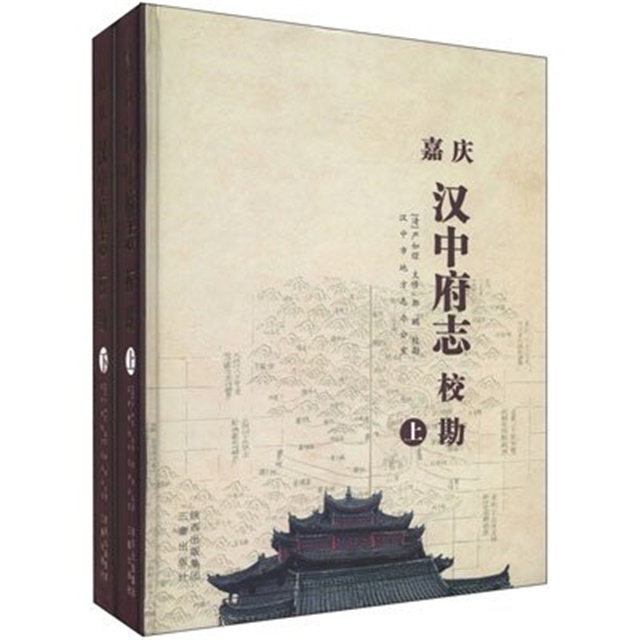
Records of Hanzhong Emended by Many Sages
The history of emending the local chronicle of Hanzhong can be traced back to the Eastern Han Dynasty. From the end of the Eastern Han Dynasty to the Southern and Northern Dynasties, there are many local historical chronicles such as Stories of Senior Citizens with Lofty Virtue in Hanzhong by Zhu Gui, Biography of Senior Citizens with Lofty Virtue in Yibu by Chen Shu, and Records of Hanzhong by an anonymous author. During the Tang and Song Dynasties, there were Old Stories of Xingyuan by an anonymous author and Illustrative History of Xingyuan by Li Zong'e. However, none of these books have survived completely, with only fragments mentioned in ancient books like The Primary Anthology, Tai Ping Huan Yu Ji (The Notes of the Peace Earth), and Yu Di Ji Sheng (The Record of Scenic Spots Across the Country). Records of Huayang written by Chang Qu in the Eastern Jin Dynasty offered a relatively complete account of historical events in Hanzhong from ancient times to the Jin Dynasty and stories of historic figures from the Han Dynasty to the Jin Dynasty, but the book contained a wide geographical coverage and was not a specific chronicle of Hanzhong.
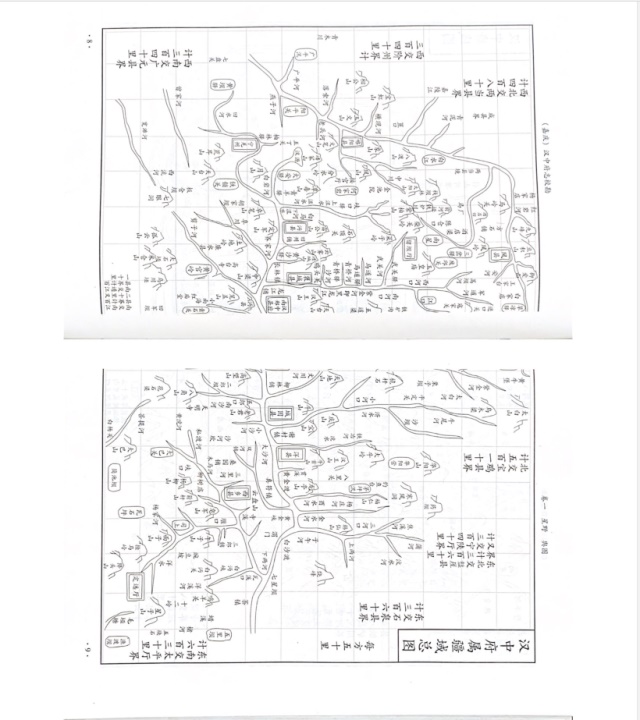
In the Ming and Qing Dynasties, Tthere were five records of Hanzhong Government in the Ming and Qing Dynasties, including Records of Hanzhong Government emended by Zhang Liangzhi during the reign of Emperor Jiajing in the Ming Dynasty, by Cui Yingke during the reign of Emperor Wanli, and by Feng Dadao during the reign of Emperor Shunzhi in the Qing Dynasty, and Records of Hannan revised under the leadership of Ten Tianshou during the reign of Emperor Kangxi 1, and Continued Records of Hannan (i.e. Records of Hanzhong Government (During the Reign of Emperor Jiaqing), or Yan's Records for short) revised under the leadership of by Yan Ruyi during the reign of Emperor Jiaqing. The last one is the most complete, largest-scale, and most detailed version by far.
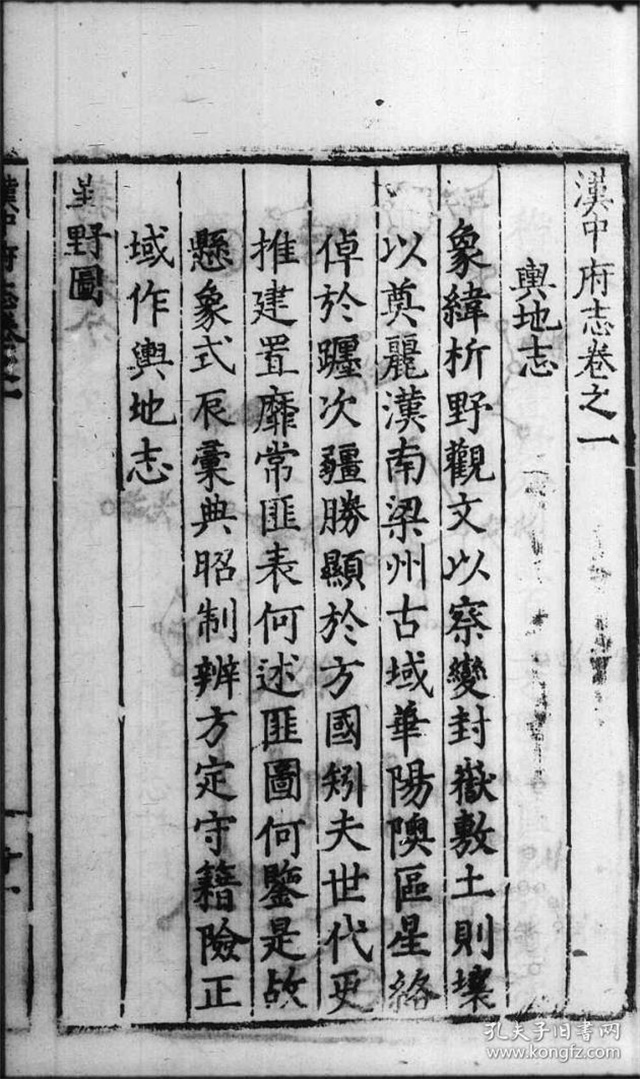
Yan Ruyi (1759-1826), alias Bingwen, was born in Xupu County, Hunan Province. He served as magistrate of Hanzhong Prefecture in the 13th year of the reign of Emperor Jiaqing (1808), and he led the revision of Continued Records of Hannan in 32 volumes on the basis of Records of Hannan. Continued Records of Hannan was published in the 18th year of the reign of Emperor Jiaqing (1813). Sixteen years later in the 9th year of the reign of Emperor Daoguang (1829), another volume named Continued Visit to Martyrs and Chaste Woman was added by Yang Mingyang, another magistrate of Hanzhong Prefecture, to the original 32 volumes. Later, the block printing version was destroyed by war. In 1924, in order to revise the Continued General Annals of Shaanxi, the Shaanxi authorities organized the re-printing of Records of Hanzhong Government (During the Reign of Emperor Jiaqing) and published it in Xi'an after the passage of a cycle from summer to autumn and winter.
Yan Ruyi (1759-1826), alias Bingwen, was born in Xupu County, Hunan Province. He served as magistrate of Hanzhong Prefecture in the 13th year of the reign of Emperor Jiaqing (1808), and he led the revision of Continued Records of Hannan in 32 volumes on the basis of Records of Hannan. Continued Records of Hannan was published in the 18th year of the reign of Emperor Jiaqing (1813). Sixteen years later in the 9th year of the reign of Emperor Daoguang (1829), another volume named Continued Visit to Martyrs and Chaste Woman was added by Yang Mingyang, another magistrate of Hanzhong Prefecture, to the original 32 volumes. Later, the block printing version was destroyed by war. In 1924, in order to revise the Continued General Annals of Shaanxi, the Shaanxi authorities organized the re-printing of Records of Hanzhong Government (During the Reign of Emperor Jiaqing) and published it in Xi'an after the passage of a cycle from summer to autumn and winter.

Considering limited number of Records of Hanzhong Government (During the Reign of Emperor Jiaqing) in the world and comprehending difficult to the ordinary owning to its classical style of writing and absence of punctuation. Besedes, there were many mistakes in historical events, Mr. Guo Peng, a local chronicle expert in Shaanxi Province, spent 5 years proofreading it based on the reprinted Yan's Records surviving from the Republic of China and referred to Records of Hannan dating back to the reign of Emperor Kangxi. Phrasing, punctuating, errata, error correction and reformatting were made to finally come up with Emended Records of Hanzhong Government with 1.5 million words, more than 500 [emendation] entries and 1,000 attached corrections. The emended version was published by Sanqin Publishing House in 2012. The book is recognized as "Key Project of Compilation and Publication of Ancient Books in China" by the National Press and Publication Administration. It includes serious and careful research and corrections of errors have existed in historical and cultural narratives about Hanzhong for years, and has extremely important reference value for historical research about Hanzhong.
Millennial Fanhe Bridge
Fanhe Bridge, formerly located in the north of Madao Street in Baocheng County, Hanzhong, Shaanxi Province, spans across Fanhe River (also known as Hanxi Stream and Madao River). It is 40 kilometers away from Baocheng in the south and 35 meters away from Kuahexin Bridge on the Xi'an-Hanzhong Highway in the east. Before the founding of New China, Fanhe Bridge was 32.5 meters long (including abutments on both ends) and 2.2 meters wide. It was tightly supported by 6 iron chains in the north-south direction and was covered with wooden planks. The iron chains with a length of 27.4 meters were composed of connected iron rings that were about 16 centimeters long, 4.5 centimeters wide and 1.5 centimeters in diameter, anchored on the abutments on both ends. After the liberation, Xi'an-Hanzhong Highway was rerouted and open to traffic. Fanhe Bridge lost its function and was destroyed in 1951, leaving only the stone platform and the foundation.
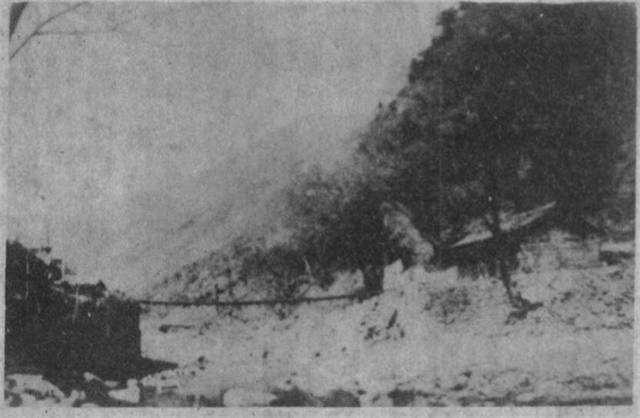
A "Stone Tablet to Commemorate the Benevolent Rule of Magistrate He for Building the Fanhe Iron Chain Bridge" were in the bridgehead till the 1980s. The tablet was erected on October 11, 1835 AD, on which noted that "The County of Madao is a thorough fare to the ancient road from Xi'an to Chengdu. It is near to a street in the north and has bridge that was recorded in local chronicles to have been built by Fan Kuai in the Western Han Dynasty, hence the name Fanhe Bridge." This was consistent with records in some local chronicles in Hanzhong. As in Volume 56 of Journal of Chinese Historical Geography written by Gu Zuyu in the early Qing Dynasty, "There is also a placed called Madaoyi where there is an old bridge named “Fan Bridge". It is said that it was built by Fan Kuai." Also as written in Volume 7 of Records of Hanzhong Government, "Fanhe Bridge: located in Madaoyi with 90 li (1 li = 500 meters) away in the northeast and built by Fan Kuai in the Western Han Dynasty." As recorded in Volume 6 of Records of Baocheng, “There is a Fanhe Bridge in the north of Madao, and it is said that it was built by Fan Kuai in the Han Dynasty." These records showed that Madao was a main transportation road between Sichuan and Shaanxi. There was a bridge above Madao River as early as in the Western Han Dynasty, and it is said that it was built by Fan Kuai, a general of Emperor Liu Bang in the Han Dynasty.
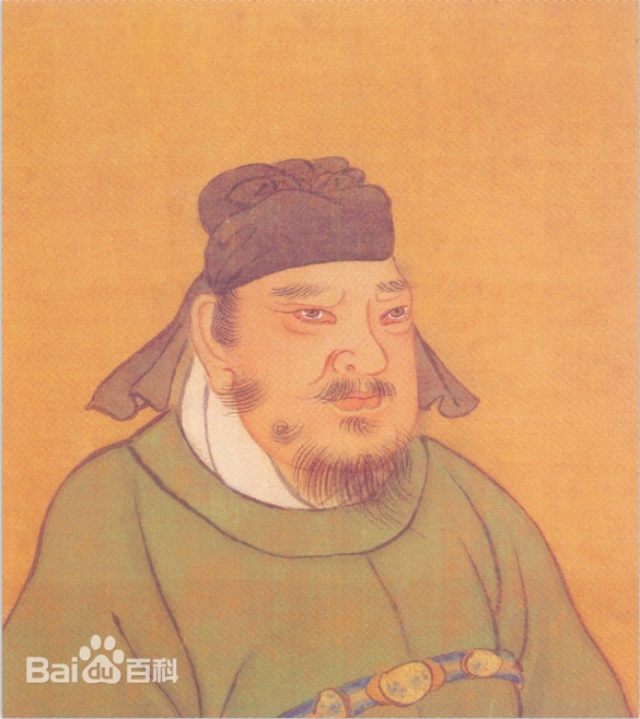
It was completely credible that Fanhe Bridge was built in the late Qin Dynasty and early Han Dynasty (around 206 BC). First of all, it was indeed necessaryt to build a bridge right on the main ramp between Sichuan and Shaanxi, Baoxie Road; secondly, the bridge building techniques were superb at that time judging from the existing Inscriptions on Cliffs dating back to the Han Dynasty; next, also the most important one is that Emperor Liu Bang had a series of crucial military operations in Hanzhong, which made it more likely that Fanhe Bridge was built by Fan Kuai's troop. Besides, Fanhe Bridge was more likely to be an iron chain bridge, because Hanzhong had been an place of iron production since the Warring States Period. Qin Mulan and Miaotaizi, which were more than 40 kilometers to the north of Fanhe Bridge were early origins of iron production, and the iron smelting technology was well-developed in Central Plains, Sichuan and other places. However, few direct historical records about this are available.
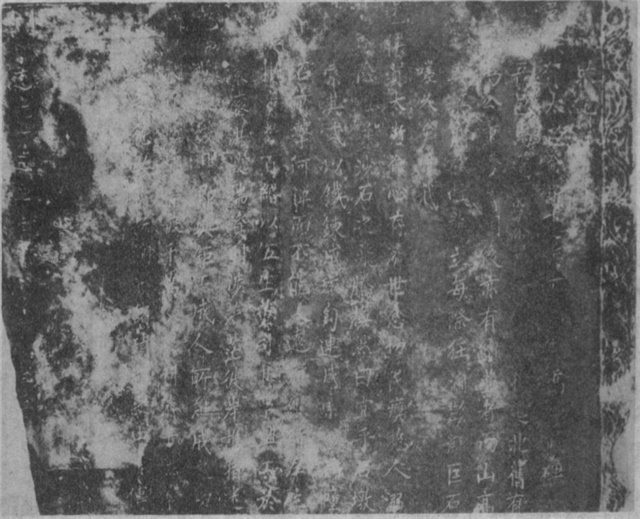
The subsequent development of Fanhe Bridge was also recorded in history books. According to The Record of Fanhe Bridge in Madaoyi, "The bridge collapsed over time, and pedestrians were worried about it. So they covered thatches on it, but them were turned over as soon as being placed. This lasted for more than a hundred years. During the reign of Emperor Jiajing, a touring official censor from Puban, Liu Gong, had the intention of repairing the bridge....He ordered a post official named Yan Ke to take charge...In spring, when everything was ready, Liu Hong was promoted to be a prime minister. He captured a man whose family name was Ma in Xichong County, and continued to tour different prefectures. The later generations were cheered up, and the bridge was built. It was tight and consolidated enough to sustain. Since then, the bridge provided a convenient pass for both businessmen and residents to travel between Xi'an and Sichuang." This showed that Fanhe Bridge went through several repairs after initial completion and was not reconstructed to be a permanent bridge until the reign of Emperor Jiajing in the Ming Dynasty. In fact, the bridge did not "sustain". It was washed away by a flood after merely 11 years. 11 years later, the surging flood from the upper reaches caused "a water level three feet deep on the ground, landslides, destruction of neighborhoods, and disappearance of Fanhe Bridge." (Volume 8 of Records of Baocheng). Drawing on the hard lesson, iron chains that could withstand floods and stone impact were chosen to rebuild the bridge during the reign of Emperor Daoguang. According to the General Annals of Shaanxi, a plank road named Baogu that was over 8,000 zhang (1 zhang = 3 1/3 meters) long and Fanhe Iron Chain Bridge with a length of 74 zhang were built. For the following more than 100 years, Fanhe Bridge was not destroyed or rebuilt.